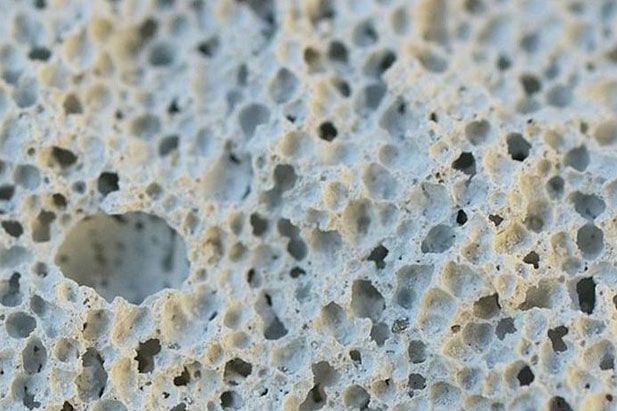Reinforced Autoclaved Aerated Concrete (RAAC) – review of buildings across campus

Ensuring the safety and well-being of our staff, students and visitors is a priority for the University. We understand that there is heightened concern at the moment about building safety following the recent news coverage about Reinforced Autoclave Aerated Concrete (RAAC).
As with other universities and sectors, we have reviewed the buildings across our estate this week. This work has included reviewing historic drawings, manuals, and record surveys on all buildings in our property portfolio for any references to RAAC, as well as carrying out some physical surveys and inspections by structural engineers of buildings or building extensions that took place between 1950 and 1990, which is when RAAC was more commonly used in construction.
As a result of this work we have identified that out of the 200+ buildings across our estate, part of one building may contain some RAAC.
The area that has been identified is part of the roof extension of the Arts building that was added in 1965, which contains staff offices. This is a very localised issue and there are no visible signs of any damage or wear, however the Estates team are working with structural engineers to do a more detailed assessment and identify any mitigations that may be required.
In order to provide the structural engineers with unrestricted access to the spaces to do this investigative work, staff based in offices in this area will be temporarily relocated. No other parts of the building or other buildings on campus are affected.